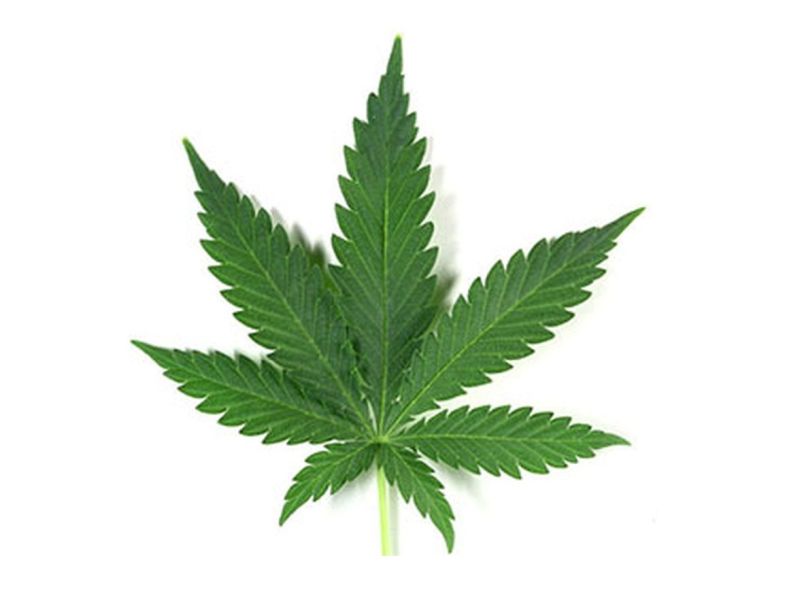Teen Pot-Smoking Drops in Washington State After Legalization

FRIDAY, Dec. 21, 2018 (HealthDay News) -- Contrary to predictions, teen marijuana use declined in Washington state after recreational pot was legalized in 2012, a new study finds.
Researchers analyzed data from the Washington Healthy Youth Surveys of 2010-2012 and 2014-2016.
They found that marijuana use among eighth-graders fell from almost 10 percent to just over 7 percent. In 10th grade, pot use declined from nearly 20 percent to less than 18 percent. There was no change among 12th graders, the study found.
But while the findings are encouraging, there is not enough evidence to determine the long-term effects of legalization on youth marijuana use, said the researchers at the RAND Corporation and other organizations.
"These findings do not provide a final answer about how legalization ultimately may influence youth marijuana usage," said study co-author Rosalie Liccardo Pacula, co-director of RAND's Drug Policy Research Center.
"A variety of factors may influence the behavior of adolescents and those factors are likely to influence behaviors in different ways over time," Pacula said in a corporation news release.
Future research should look at how the availability of marijuana outlets, advertising and exposure to new products influence use, she said.
"Kids don't care about what happens in the state capital, they care about what happens in their own neighborhoods," Pacula said. "Commercialization in local neighborhoods is likely to be more important than changes in the law."
Other areas of future research should look at patterns of use by young people, according to the study authors.
The study was published Dec. 21 as a research letter in the journal JAMA Pediatrics.
More information
The American Academy of Child and Adolescent Psychiatry has more on teens and marijuana.

The news stories provided in Health News and our Health-E News Newsletter are a service of the nationally syndicated HealthDay® news and information company. Stories refer to national trends and breaking health news, and are not necessarily indicative of or always supported by our facility and providers. This information is provided for informational and educational purposes only, and is not intended to be a substitute for medical advice, diagnosis, or treatment.

